Frontiers in Natural Product-based Cancer Researches: From Natural Products to Drug Candidates
Published in Cancer, Chemistry, and Cell & Molecular Biology
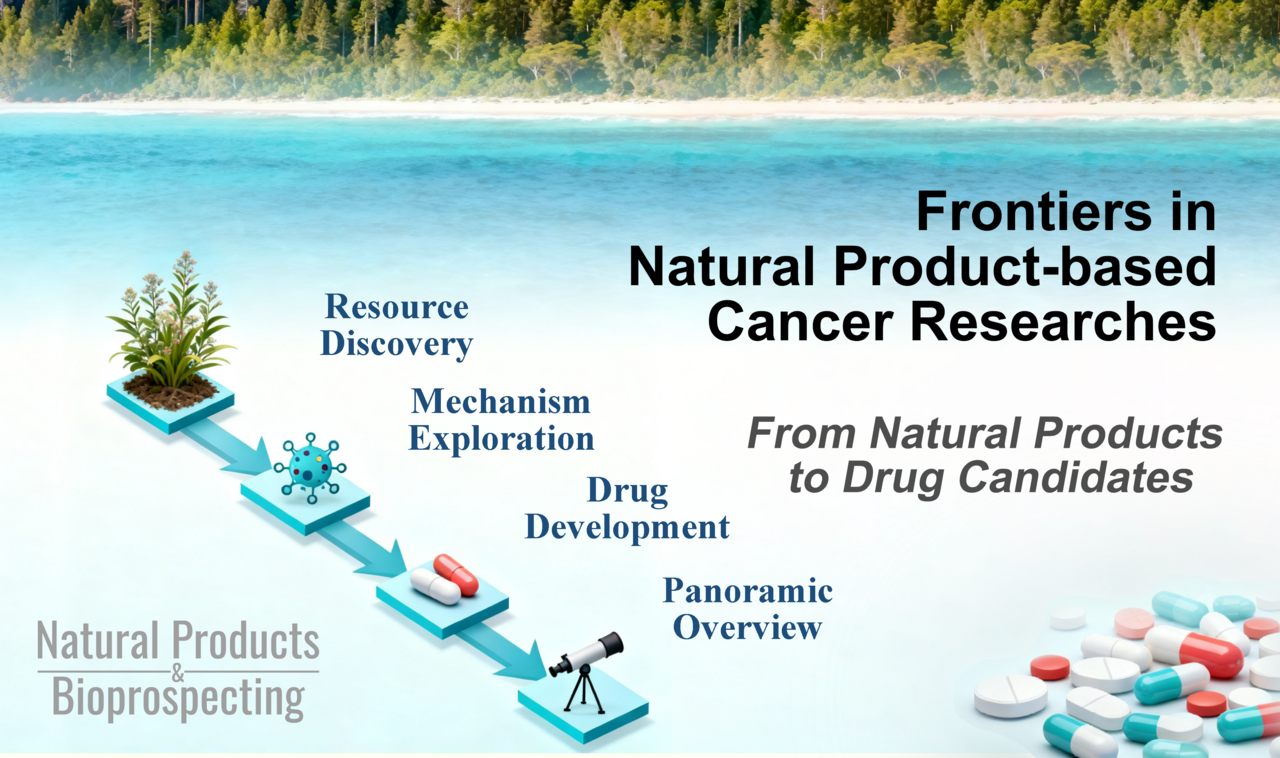
Part 1: Anti-cancer Natural Products Discovery
1. Asprecosides A-J, ten new pentacyclic triterpenoid glycosides with cytotoxic activity from the roots ofIlex asprella
Highlight: This study reports the isolation and identification of ten new pentacyclic triterpenoid glycosides from the roots of Ilex asprella, including rare 19,22-epoxy ursane and 28,19-lactone ursane types. Compounds such as 7 exhibited moderate cytotoxic activities against H1975 and HCC827 lung cancer cell lines, providing new lead compounds for future structural optimization.
Keywords: Ilex asprella, Pentacyclic triterpenoid glycoside, Ursane, Oleanane, Cytotoxic activity
Full Article: https://link.springer.com/article/10.1007/s13659-025-00499-7

2. Vibralactone derivatives isolated from co-cultures of the basidiomycetes Stereum hirsutumand Boreostereum vibrans
Highlight: Employing a co-cultivation strategy of the two congeneric fungi, Stereum hirsutum and Boreostereum vibrans, this research led to the isolation of eleven new vibralactone derivatives. Hirsutavibrins A (1) and B (2) showed weak cytotoxicity against the human lung cancer cell line A549. This success opens a new avenue for the study of fungal co-cultivation.
Keywords: Stereum hirsutum, Boreostereum vibrans, Basidiomycetes, Co-culture, Vibralactone
Full Article: https://link.springer.com/article/10.1007/s13659-025-00505-y
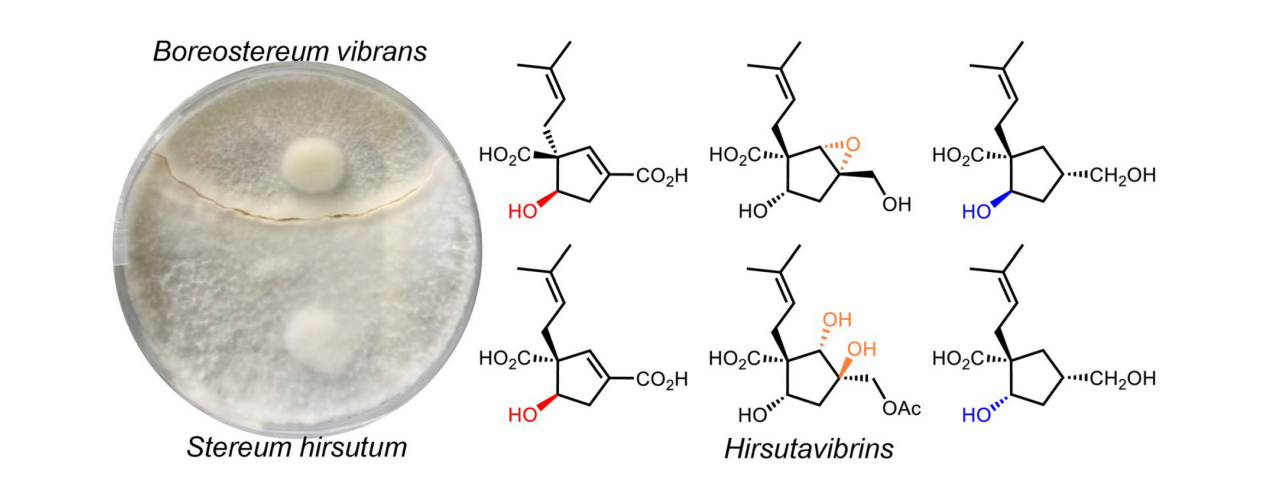
3. Silvaticusins A-D: ent-kaurane diterpenoids and a cyclobutane-containing ent-kaurane dimer from Isodon silvaticus
Highlight: Three new ent-kaurane diterpenoids and a novel dimer were isolated from Isodon silvaticus. Compounds 2 and 3 were found to exhibit remarkable, broad-spectrum cytotoxic effects against five human tumor cell lines (HL-60, A-549, SMMC-7721, MDA-MB-231, and SW-480).
Keywords: Isodon silvaticus, ent-Kaurane diterpenoid, ent-Kaurane dimer, Cyclobutane moiety, Cytotoxicity
Full Article: https://link.springer.com/article/10.1007/s13659-024-00465-9
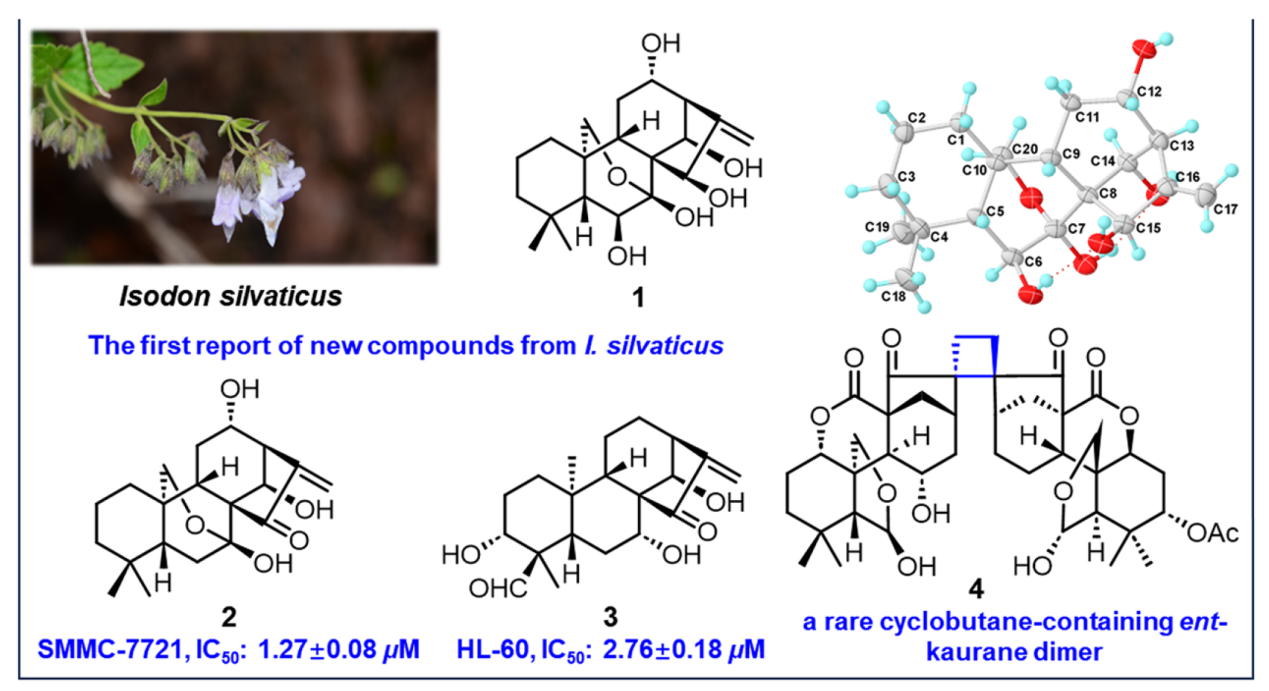
4. Three previously undescribed metabolites from Cordyceps cicadae JXCH-1, an entomopathogenic fungus
Highlight: Three previously undescribed compounds with unique structures were discovered from the entomopathogenic fungus Cordyceps cicadae. Notably, compound 2 is a polycyclic polyketide featuring an unusual enol ether moiety and a spiro ring. These compounds were screened for their inhibition against the proliferation of A549 lung cancer cells.
Keywords: Insect pathogenic fungus, Cordyceps cicadae, Steroid, Polyketide, Cyclic dipeptide
Full Article: https://link.springer.com/article/10.1007/s13659-023-00410-2
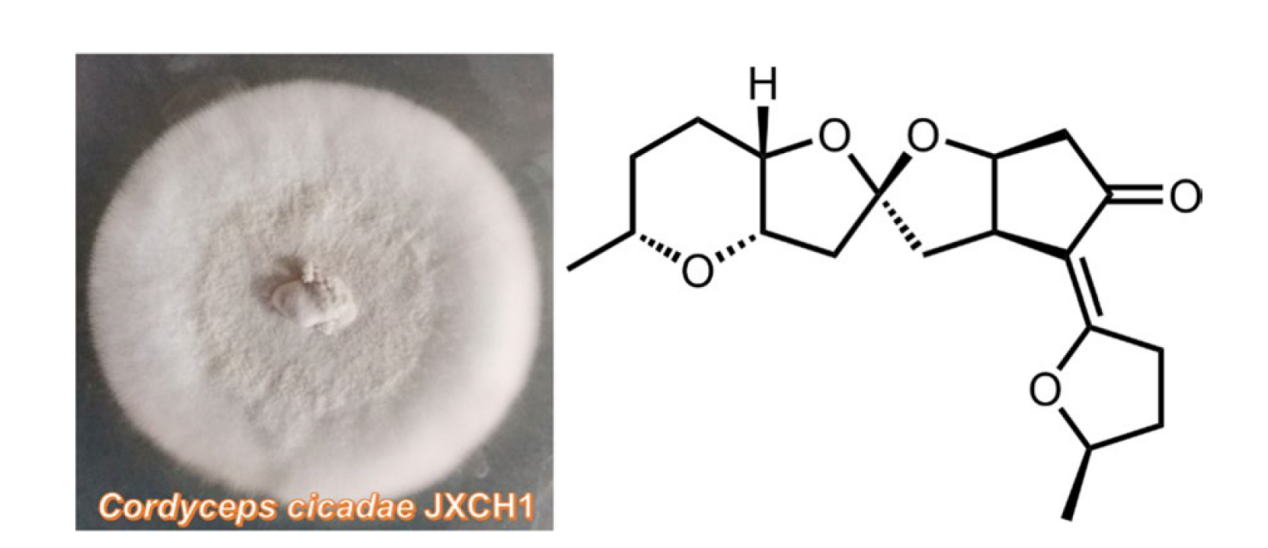
Part 2: Exploring the Mechanism of Action
5. Narciclasine, a novel topoisomerase I inhibitor, exhibited potent anti-cancer activity against cancer cells
Highlight: This study is the first to identify the Amaryllidaceae alkaloid Narciclasine (NCS) as a novel inhibitor of topoisomerase I (topo I). It acts by inhibiting topo I activity (as a suppressor, not a poison), potently inhibits the proliferation of various cancer cells, and induces G2/M phase arrest and apoptosis. This finding provides a new candidate molecule for anti-cancer drug development based on topo I inhibition.
Keywords: Topoisomerase, Narciclasine (NCS), Topo I-DNA covalent complex, DNA damage, Cell cycle, Apoptosis
Full Article: https://link.springer.com/article/10.1007/s13659-023-00392-1

6. Current advances on the therapeutic potential of scutellarin: an updated review
Highlight: This updated review systematically summarizes recent research progress on the flavonoid Scutellarin. Beyond its traditional use in cerebrovascular diseases, Scutellarin has demonstrated good therapeutic potential in anti-tumor activities (involving glioma, breast cancer, lung cancer, renal cancer, colon cancer, etc.), anti-inflammation, and anti-oxidation, positioning it as a versatile natural product with great R&D prospects.
Keywords: Scutellarin, Pharmacological action, Experimental study, Model, Mechanism
Full Article: https://link.springer.com/article/10.1007/s13659-024-00441-3
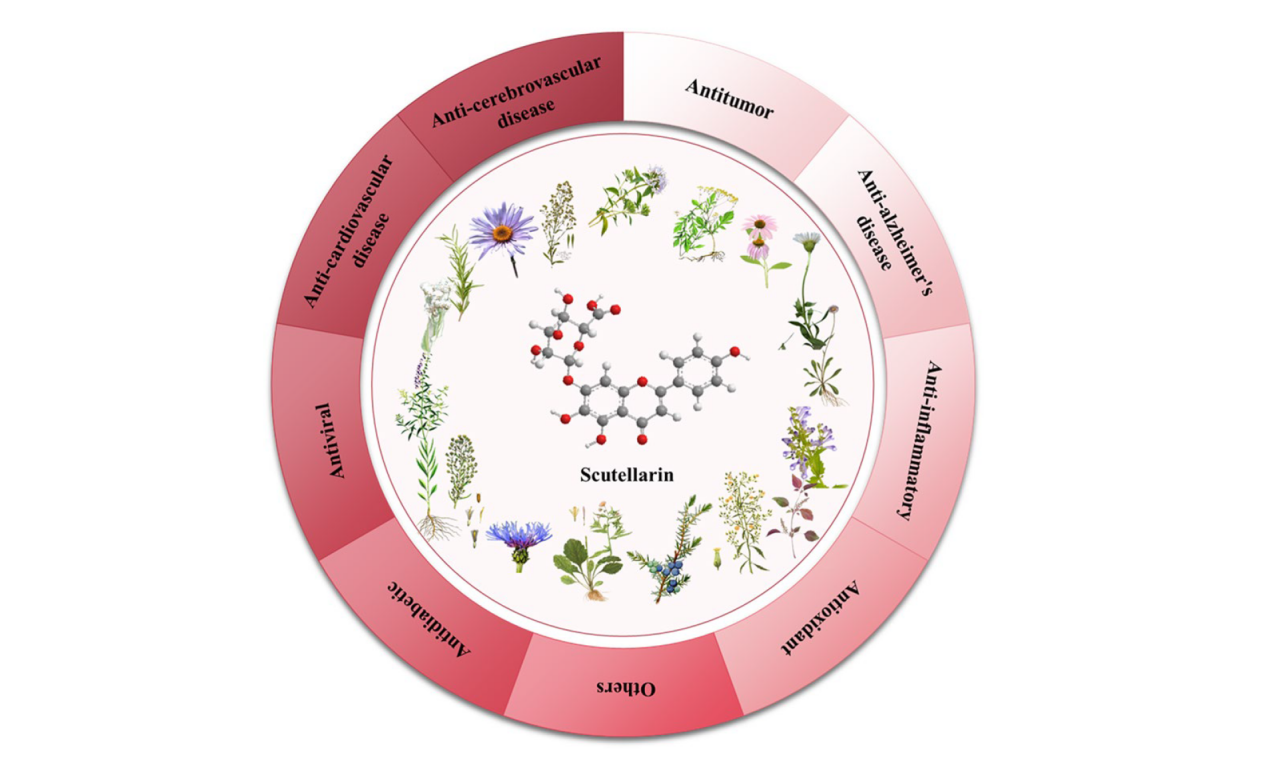
Part 3: The Path to a Drug Candidate
7. Metabolism characterization and toxicity of N-hydap, a marine candidate drug for lung cancer therapy by LC-MS method
Highlight: Focusing on the marine natural product N-hydap, which shows promise against Small Cell Lung Cancer (SCLC), this study systematically elucidates its in vitro metabolic pathways, pharmacokinetic properties, and the potential to cause drug-drug interactions (DDIs). A key finding is that N-hydap exhibits a high distribution in the lungs, which accounts for its efficacy against SCLC, and it has a favorable oral bioavailability. These findings provide crucial pharmaceutical data supporting its further development towards clinical studies.
Keywords: N-Hydap, Metabolism, Pharmacokinetics, DMEs, Toxicity, DDIs
Full Article: https://link.springer.com/article/10.1007/s13659-024-00455-x
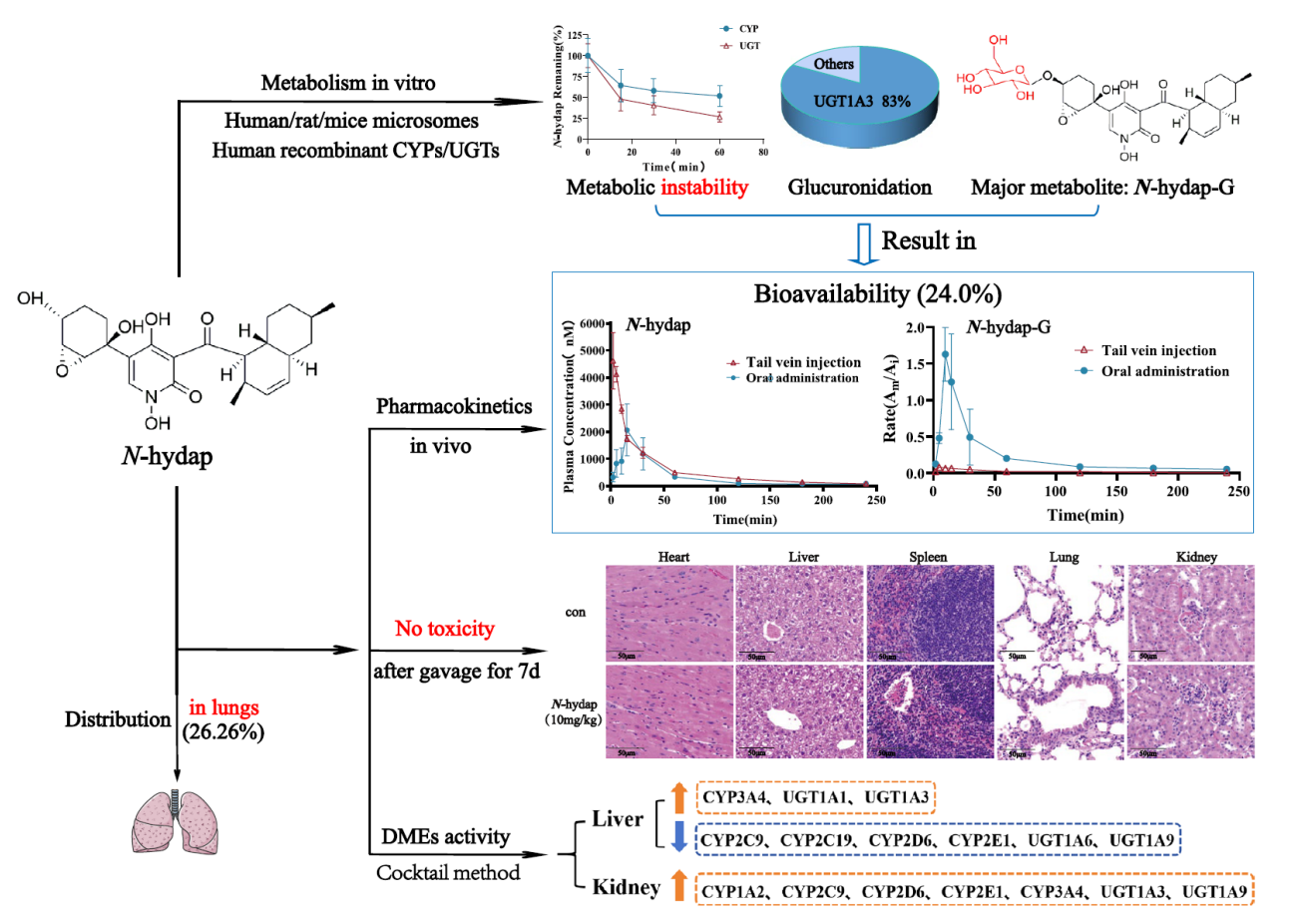
8. Synthesis and biological activity study of tanshinone I-pyridinium salt derivatives
Highlight: To address the weak potency and poor drug-like properties of tanshinone I, a series of novel pyridinium salt derivatives were designed and synthesized. Among them, compound a4 demonstrated potent cytotoxicity against breast, liver, and prostate cancer cell lines. Mechanistic studies revealed that a4 acts as a novel PI3Kα inhibitor, suppressing the PI3K/Akt/mTOR signaling pathway and downregulating PD-L1 expression, suggesting its potential as a promising multi-target antitumor agent.
Keywords: Tanshinone I, Pyridinium salts, Structural modification, Antitumor activity, Structure–activity relationship
Full Article:https://link.springer.com/article/10.1007/s13659-025-00534-7
Part 4: Panoramic Overview and Future Outlook
9. Natural anticancer agents: prospection of medicinal and aromatic plants in modern chemoprevention and chemotherapy
Highlight: This in-depth review consolidates significant findings on natural products with anticancer potential from medicinal and aromatic plants. It not only covers successful natural product-derived drugs used in clinical therapy, such as Docetaxel, Etoposide, and Topotecan, but also highlights promising molecules like Hinokitiol, Hesperetin, and Epigallocatechin gallate, which have shown efficacy against multiple cancer types. The review underscores the need for continued bioprospecting efforts.
Keywords: Medicinal and aromatic plants, Chemoprevention, Chemotherapy, Vegetable extracts, Essential oils, Natural volatiles, Cancer cell lines
Full Article: https://link.springer.com/article/10.1007/s13659-025-00511-0
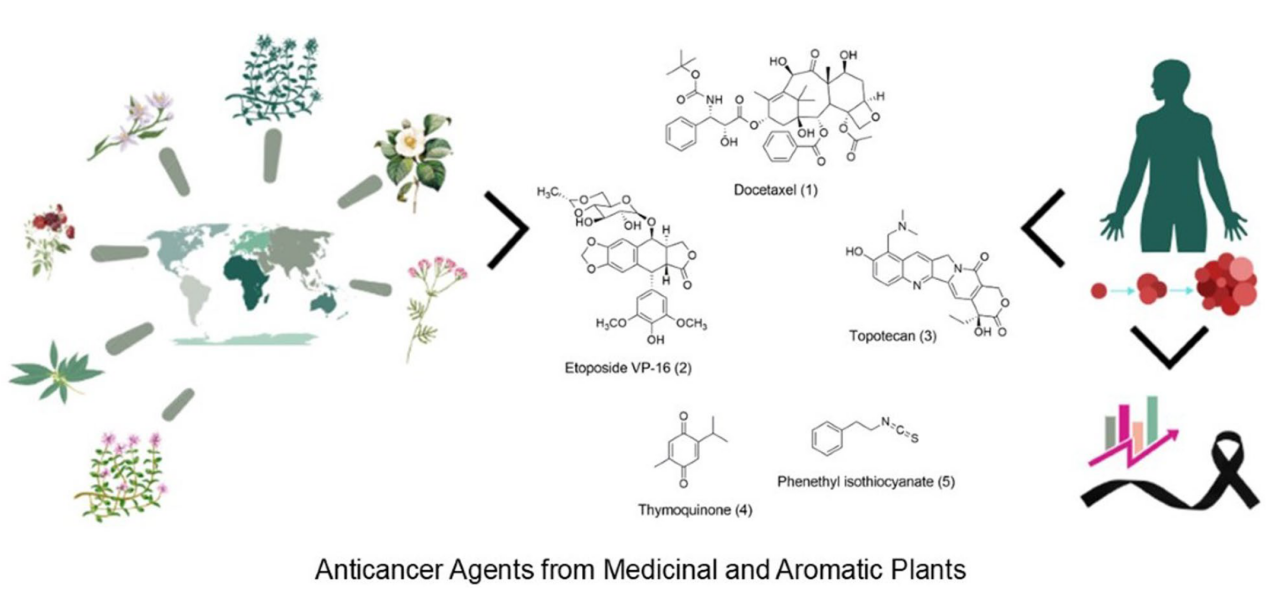
This special feature clearly outlines a research pipeline for natural product-based cancer drug discovery, moving from "Resource Discovery" to "Mechanism Exploration", then to "Drug Development", and finally to a "Panoramic Overview". These findings emphatically demonstrate that terrestrial plants, fungi, and marine organisms harbor a wealth of novel, potent, and mechanistically unique anticancer lead compounds. The continued exploration and in-depth investigation of these natural treasures will undoubtedly provide a sustained driving force for the development of future anticancer therapeutics.
Follow the Topic
-
Natural Products and Bioprospecting

This is a single blind peer-reviewed open access journal that devoted to rapidly disseminate research results in all areas of natural products.
Your space to connect: The Cancer in understudied populations Hub
A new Communities’ space to connect, collaborate, and explore research on Cancers, Race and Ethnicity Studies and Mortality and Longevity!
Continue reading announcement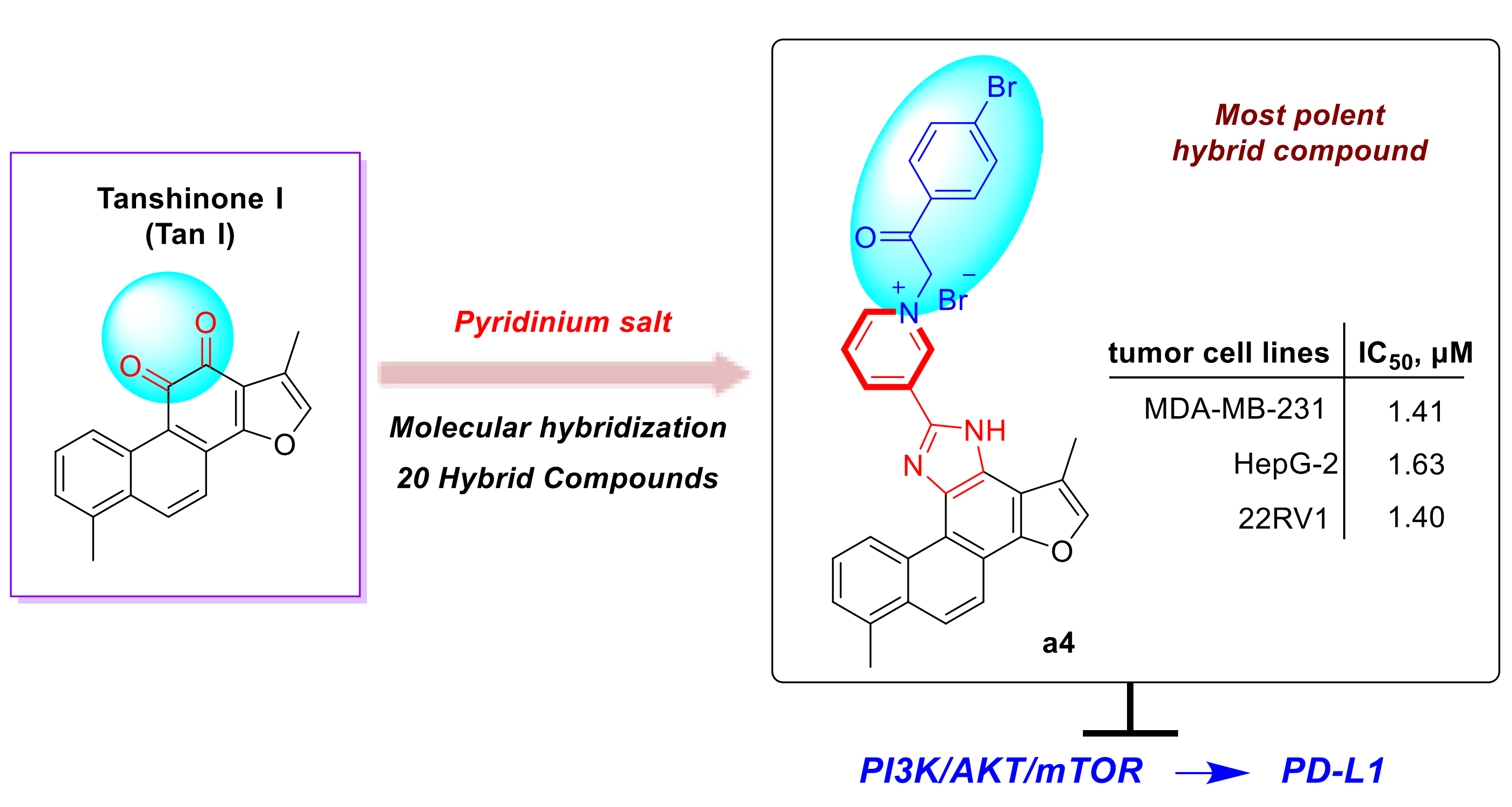

Please sign in or register for FREE
If you are a registered user on Research Communities by Springer Nature, please sign in